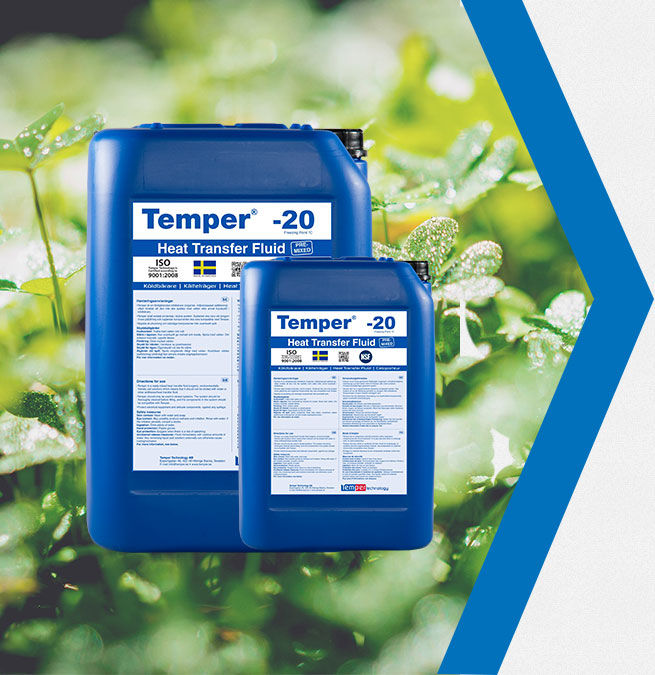Thermal Transfer Fluid And Fluid Mechanics
- tempershunt
- Feb 17, 2017
- 1 min read

Devices that generate heat requires a mechanism or system to regulate temperatures and prevent overheating. One of the ways to regulate heat is with the use of a thermal transfer fluid. A thermal transfer fluid flows around or through the device. It is also known as coolant. As the fluid flows around the device, it absorbs heat from the heat-generating components. The now-hot fluid then flows towards part of the device that allows dissipation of heat or actively cools the fluid.
How thermal transfer fluid behaves is governed by fluid mechanics. Fluid mechanics is a branch of physics that focuses on the behavior of fluid objects such as gas, liquid, and plasma when acted upon by forces and its subsequent effect to its environment. Our understanding of fluid mechanics paved the way to refrigeration , air conditioning, and other forms of technology that involves manipulation of temperature.
It is from studying fluid mechanics that we know what happens when compressed fluid is allowed to decompress quickly, the expansion the fluid draws thermal energy from the surrounding, thereby lowering temperatures.
You may already know that refrigerators and air conditioners work based on such knowledge. A compressor in these devices cools the thermal transfer fluid through rapid compression and decompression. The cold transfer fluid is then pumped through the system and into the cooling elements where warm air is fanned through. The cooling elements then absorb heat from the air, cooling it.















Comments